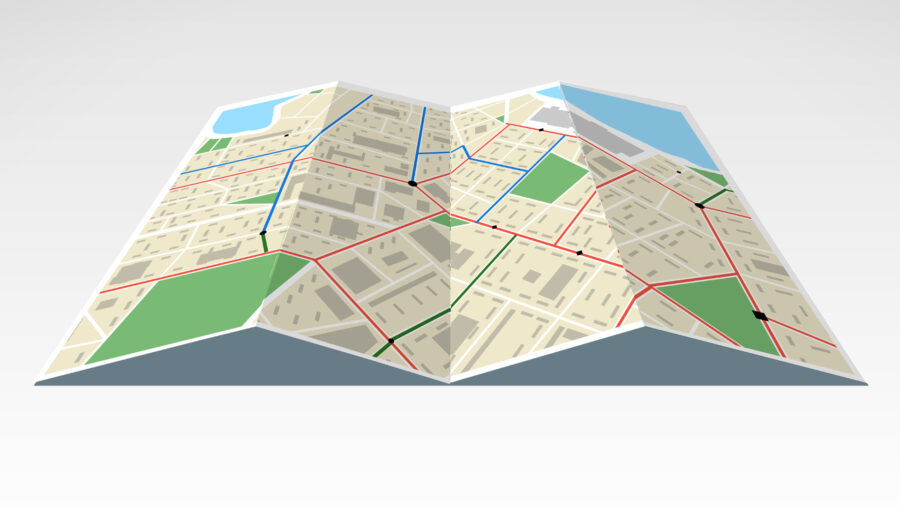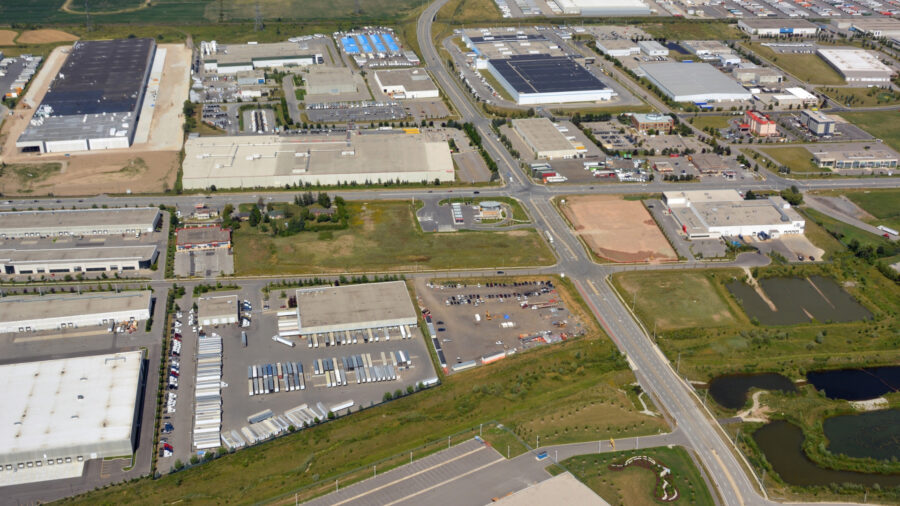Location! Location! Location!

Specific zoning guidelines exist related to every industrial property location. These ordinances describe where these sites can be constructed and operated, becoming very detailed – stating what may and may not occur on a property. Zoning guidelines are implemented so that the activity on these sites will not disrupt businesses or residential areas.
The multi-faceted industrial sector encompasses a wide range of properties. It is important to recognize the differences in each type of industrial property before determining in which one to invest, and to fully understand the risks and rewards that each one carries.

There are two basic location strategies for industrial real estate. Most industrial real estate is located adjacent to key transportation hubs – seaports, highway and rail junctions and airports. In response to burgeoning e-commerce and consumer demand for same-day and next-day fulfillment, industrial real estate facilities are increasingly in infill locations near large population centers.
Industrial real estate tends to be tucked behind a shopping center or residential area and away from public view. In almost every major city or town, there’s an “Industrial Way” or “Commerce Drive” where industrial properties are concentrated away from public view. Large industrial complexes might also have smaller adjacent streets.
There are exceptions when a major industrial facility requires quick access and egress onto a highway or interstate system. Once acres of farmland, these farms have been absorbed by industrial developers giving way to dozens of buildings clustered along a highly trafficked transportation system.
The well-known trifecta of “Location, Location, Location” has always played a huge role in the efficiency of an industrial business’ operation. As E-commerce continues to expand, the new phrase, “logistics, logistics, logistics,” is now the approach that many businesses are applying to their search for industrial real estate.
Distance and location are now being paired with travel time and traffic congestion analysis to determine the logistical efficiency of sites to receive goods from suppliers and then ship them to the consumer base.